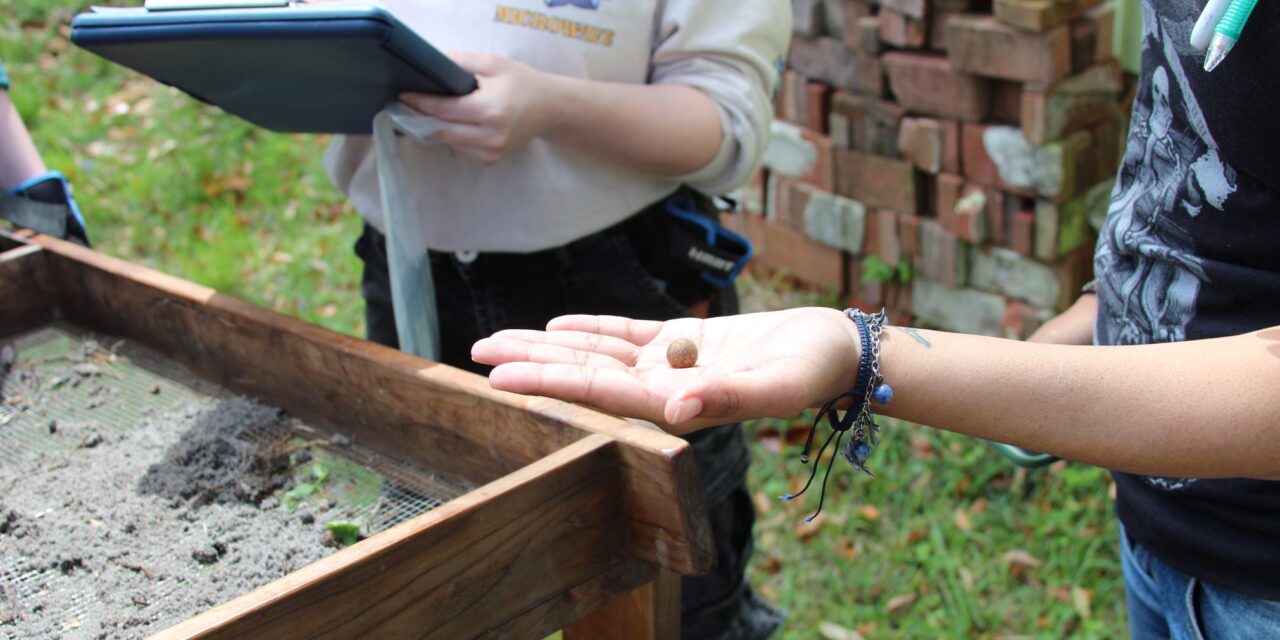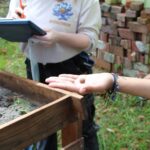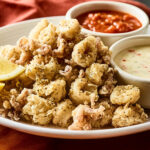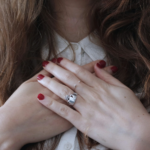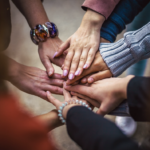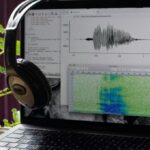Press Release from Brittany Weisensale
Panama City, FL – The Spring 2025 Introduction to Archaeology class at Gulf Coast State College, led by Dr. Jason Wenzel, completed an archaeological survey of two historic properties in the Old Town neighborhood of St. Andrews. The sites, located on West Beach Drive, include the former homesites of two mariners—David R. Blood and Lambert M. Ware Jr.—and another property that was once part of the former Governor Clark lot and later became the residence of Mary H. Moore.
The project operates in partnership with the Bay Anthropological Society, the Panama City Publishing Company Museum, and the Historical Society of Bay County. The properties surveyed are currently owned and inhabited by the Shoemo and Feldman families, who graciously allowed the team to conduct the archaeological work.
GCSC students, working alongside community volunteers, uncovered evidence of thousands of years of local history. Recovered artifacts include pre-Columbian Native American pottery sherds, stone tool flakes, and the remains of food items consumed by Indigenous peoples, such as animal bones and shellfish. Historic-period artifacts associated with the original town of St. Andrews include remnants of consumer goods and architectural materials such as ceramic dishes, glass bottles, clothing buttons, cut nails, bricks, and window glass fragments.
The area surveyed this semester, located on West Beach Drive, is home to two standing historic structures: the former residence of Lambert Ware Jr., built around 1915, and the second home of Mary H. Moore, constructed in 1936. Historic records indicate that David R. Blood, a ship captain from Ireland, resided on what later became the Ware property from around 1841 until his departure for England in 1857. Significant finds associated with David Blood include 19th-century English export ceramics, lumps of shell tabby architectural material, and iron ore. Historic sources describe David Blood as having an “unusual home” and note that he was knowledgeable in various crafts, including blacksmithing.
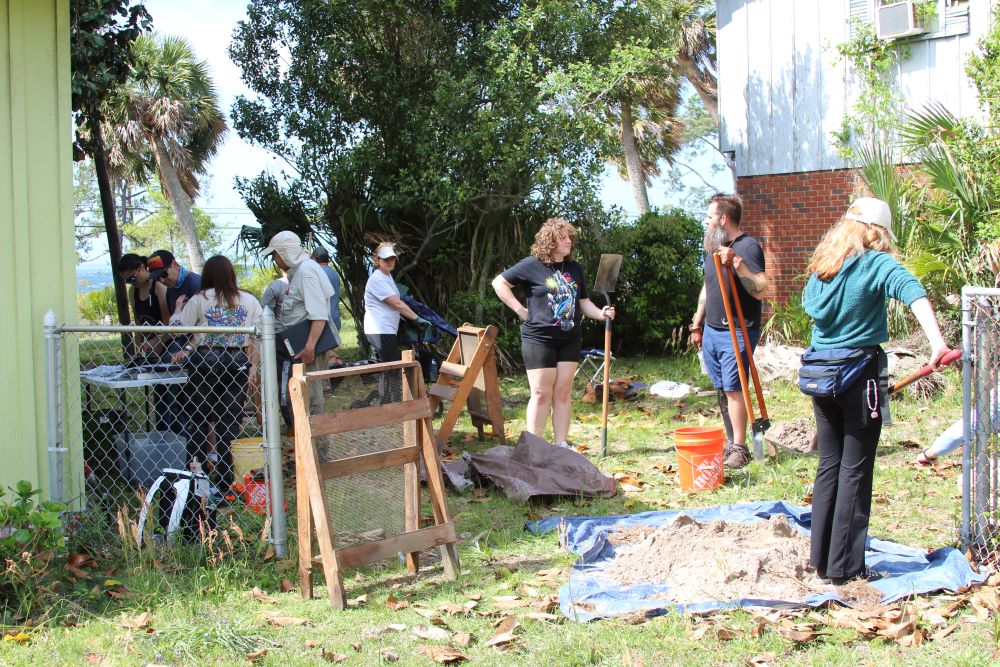
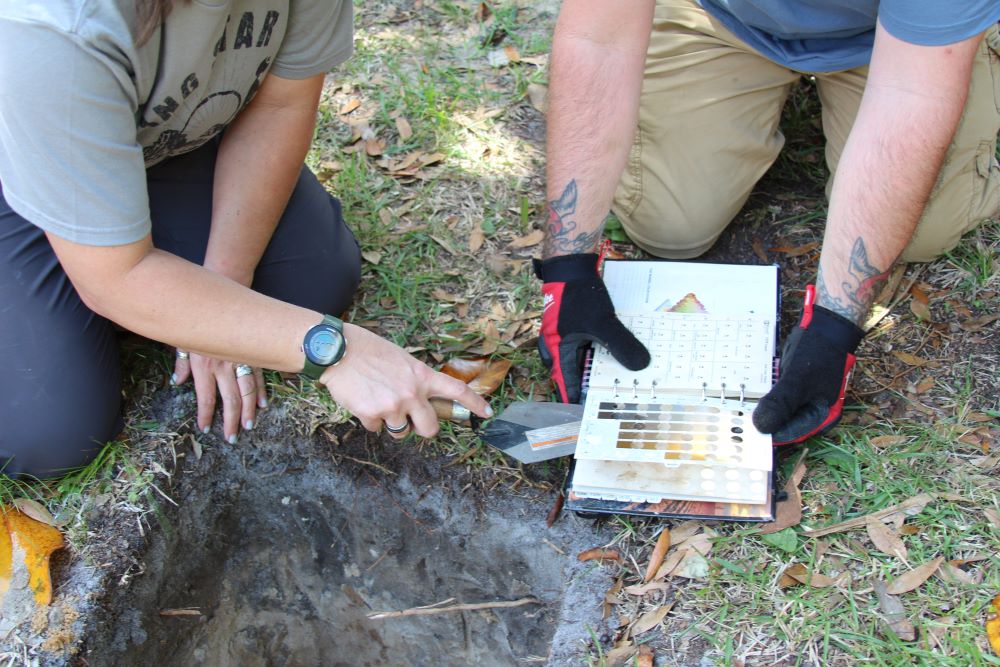
Artifacts recovered from the Ware family residence and the former Moore home next door include typical household items of the time, such as fragments of soda bottles, decorative plates, and marbles. Throughout both sites, the team encountered numerous fire-exposed artifacts—melted glass, charred bone, and burned ceramics—which may have resulted from routine trash incineration, the 1863 destruction of the town during the American Civil War, or the burning of Moore’s original home in 1932.
In addition to the finds associated with the known former residents, the team recovered artifacts dating to the interim period in the late 1800s, inspiring future research to identify the occupants from that time.
The project’s objectives were to provide GCSC students with hands-on experience in archaeological field and laboratory methods; to visualize past life along the shores of St. Andrews Bay from ancient times to the present; to locate sites and materials associated with the “lost” town of St. Andrews; to raise community awareness of local historical and archaeological resources; and to foster community building by bringing together college students, preservationists, neighbors, and civic leaders.
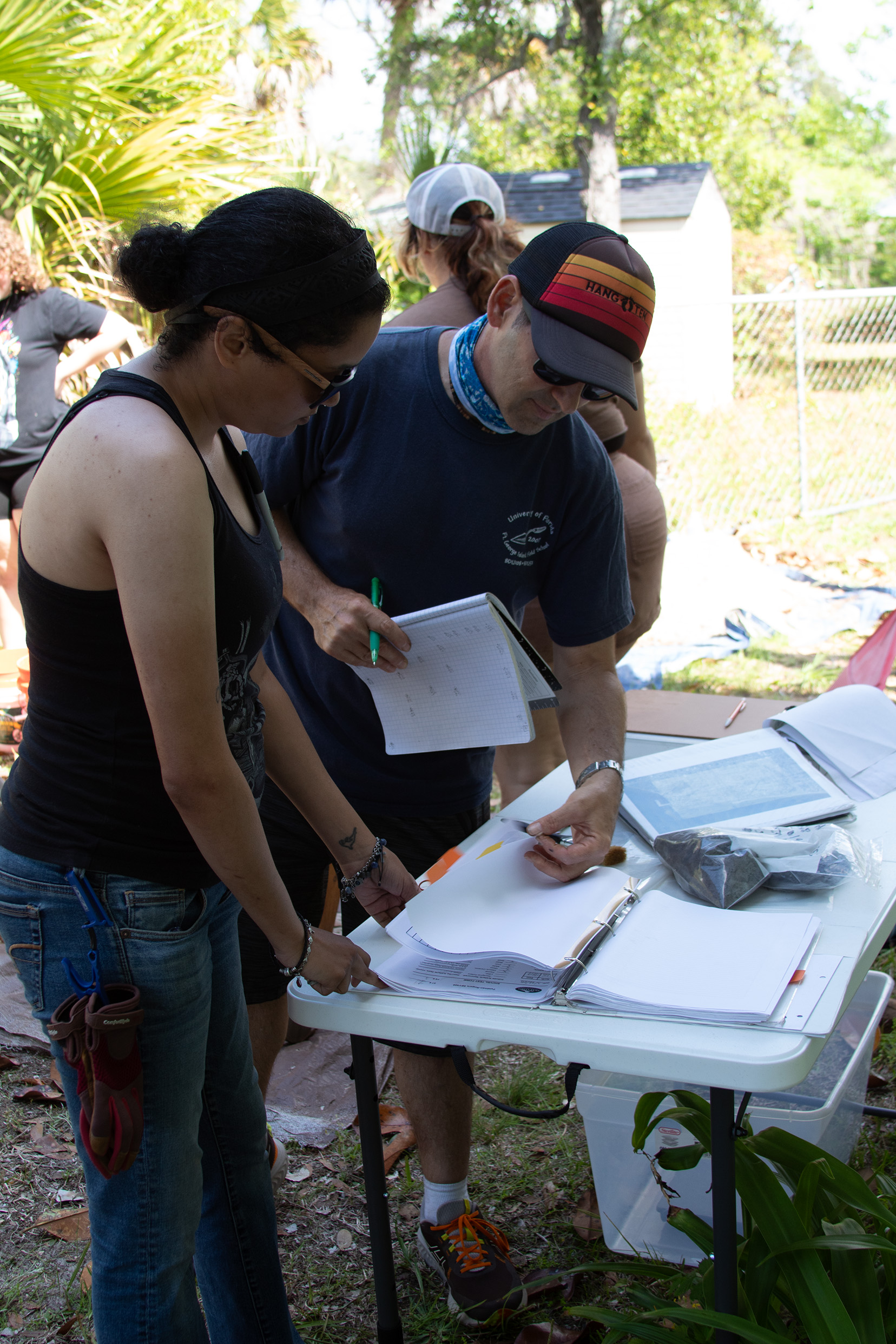
An exhibit is planned for the Panama City Publishing Company Museum in 2027, as part of the 200-year anniversary of the founding of St. Andrews.
For more information, please contact Dr. Jason Wenzel at jwenzel@gulfcoast.edu.
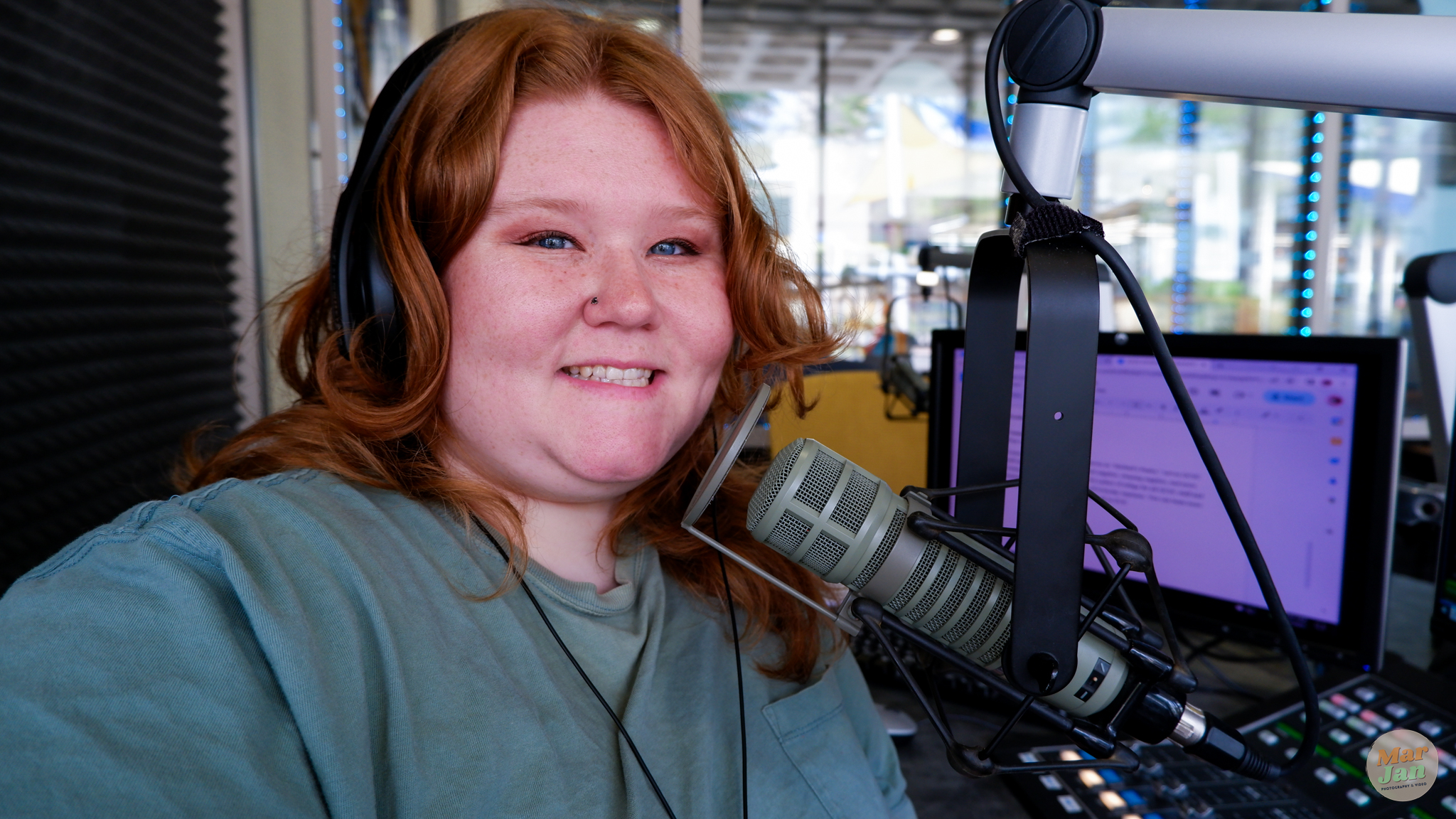
Marisa Weiman
Station Manager of The AlterNation
Marisa is the Station Manager of The AlterNation, a dynamic and student-led HD3 radio station. The station provides students with a platform to hone various skills in radio production, from content creation to broadcasting and audio editing.

